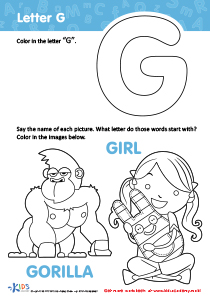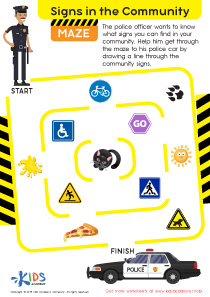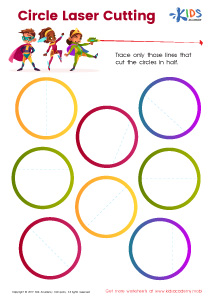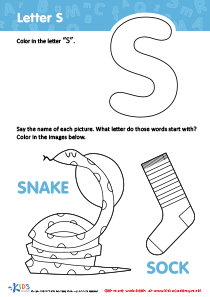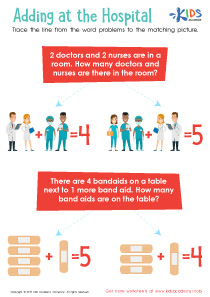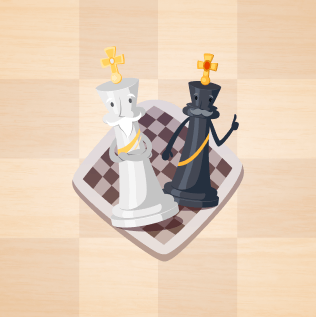Chess Lessons | Pieces - How They Move and Capture for 5-Year-Olds
11 results
Dive into the enchanting world of chess with our "Pieces - How They Move and Capture for 5-Year-Olds" lessons! Tailored specifically for young learners, this course offers a vibrant mix of interactive worksheets, captivating educational videos, and fun assessment quizzes to solidify their understanding. Children will embark on an exciting adventure, discovering the unique moves and capture strategies of chess pieces in a way that is both engaging and age-appropriate. Perfect for kindling a love for chess and strategic thinking early on, these lessons promise a magical journey into the game's fundamentals, designed to delight and educate our youngest chess enthusiasts.
In today's fast-evolving world, fostering critical thinking and strategic planning skills from an early age is crucial for the cognitive development of children. One effective and engaging way to cultivate these skills in young learners is through the "Pieces - How They Move and Capture for 5-Year-Olds" lessons. This innovative program is designed to introduce children to the basics of chess, focusing on the movements and capturing methods of different pieces. These lessons not only serve as a fun introduction to the timeless game of chess but also offer a multitude of educational benefits that can aid in the overall studies of children.
The essence of the "Pieces - How They Move and Capture for 5-Year-Olds" lessons lies in their interactive approach. By incorporating interactive worksheets, these lessons encourage children to actively engage with the content, enhancing their understanding of how each chess piece moves and captures. This hands-on experience is critical for young learners, as it helps to solidify the information being taught, making it easier for them to grasp and remember the concepts. Furthermore, the use of educational videos adds a visual dimension to the learning process, catering to different learning styles and maintaining the interest of the children throughout the lessons.
Moreover, the inclusion of assessment quizzes at the end of each lesson is a valuable tool for reinforcing the concepts learned. These quizzes provide immediate feedback to the children, allowing them to understand their strengths and areas that may require further practice. This continuous cycle of learning and assessment helps in building a strong foundation, not just in the game of chess, but in critical thinking and problem-solving skills as well.
The strategic thinking involved in understanding how chess pieces move and capture is directly applicable to many areas of study and daily life. By learning to anticipate the consequences of their moves and to think several steps ahead, children develop foresight and planning skills. These skills are essential in subjects like mathematics, science, and even in reading comprehension, where understanding sequences, cause and effect, and planning are vital. Additionally, learning chess has been linked to improvements in memory, attention span, and spatial-reasoning skills—all of which are beneficial across various subjects and real-world scenarios.
